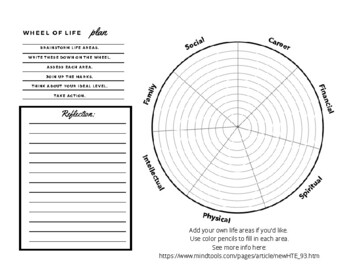
Navigating Clarity: The Evolution of LASIK Technology Advancements
In the realm of vision correction, LASIK has revolutionized the way individuals attain clear vision. Over the years, advancements in LASIK technology have continually improved the precision, safety, and effectiveness of this popular procedure, providing patients with enhanced outcomes and a more comfortable experience.
A Glimpse into the Past: Early LASIK Techniques
The journey of LASIK technology begins with its inception in the late 20th century. Early LASIK procedures involved the use of a microkeratome, a mechanical device that created the corneal flap required for laser reshaping. While groundbreaking at the time, these techniques had limitations and were not as customizable as modern approaches.
Precision Redefined: Introduction of Femtosecond Lasers
A significant leap in LASIK technology came with the introduction of femtosecond lasers. These high-precision lasers replaced the microkeratome, allowing surgeons to create corneal flaps with unparalleled accuracy. This advancement not only improved safety but also paved the way for a more customized and tailored approach to vision correction.
Wavefront Technology: Customized Visual Correction
The incorporation of wavefront technology marked another milestone in LASIK advancements. This technology maps the unique imperfections of an individual’s eyes, creating a customized treatment plan. Wavefront-guided LASIK enhances not only visual acuity but also addresses higher-order aberrations, providing patients with sharper and more defined vision.
Bladeless LASIK: Enhanced Safety and Comfort
Building on the precision of femtosecond lasers, bladeless LASIK further prioritizes patient safety and comfort. The absence of a traditional blade reduces the risk of complications and promotes quicker healing. Patients undergoing bladeless LASIK often experience less discomfort and achieve faster visual recovery compared to earlier methods.
Topography-Guided LASIK: Addressing Irregularities
Topography-guided LASIK represents a refinement in the customization of vision correction. This technology accounts for corneal irregularities and abnormalities, offering a more sophisticated approach for individuals with specific visual challenges. The result is a procedure that not only corrects refractive errors but also optimizes the overall shape of the cornea.
SMILE: A Minimally Invasive Alternative
In recent years, Small Incision Lenticule Extraction (SMILE) has emerged as a minimally invasive alternative to traditional LASIK. This procedure involves creating a lenticule within the cornea, which is then removed to reshape the tissue. SMILE is particularly appealing for those seeking a less invasive approach while still benefiting from the precision of laser technology.
Integration of Artificial Intelligence: Advancing Surgical Planning
The marriage of LASIK technology and artificial intelligence (AI) has brought about improvements in surgical planning. AI algorithms analyze vast amounts of patient data to assist surgeons in predicting outcomes and refining treatment plans. This integration enhances the accuracy and predictability of LASIK procedures, contributing to even better results.
Extended Applications: Beyond Traditional Refractive Errors
LASIK technology has expanded its applications beyond traditional refractive errors like nearsightedness, farsightedness, and astigmatism. Advancements now allow for the treatment of presbyopia, enabling individuals to reduce or eliminate the need for reading glasses. LASIK continues to evolve, addressing a broader range of visual concerns.
Embracing the Future: LASIK Technology Advancements Resource
For those interested in delving deeper into LASIK technology advancements, a comprehensive resource is available at health-sourcing.com. This platform offers insights, articles, and expert guidance on the latest LASIK innovations. Whether you are considering LASIK or seeking information on recent advancements, this resource serves as a valuable guide to the evolving landscape of vision correction.
In conclusion, LASIK technology advancements have transformed vision correction into a highly precise, customizable, and comfortable experience. From the early days of mechanical devices to the integration of AI, LASIK continues to evolve, providing individuals with innovative solutions for achieving clarity and visual freedom.



